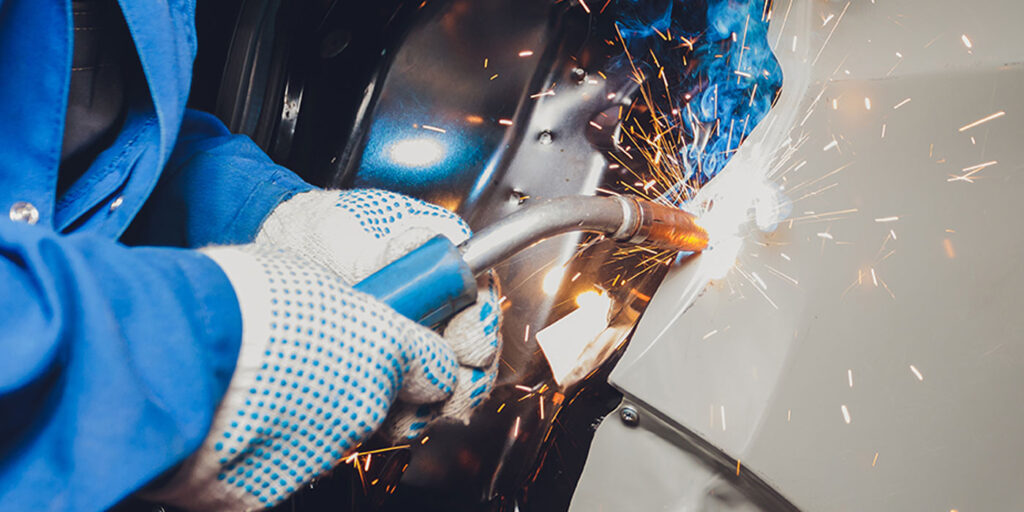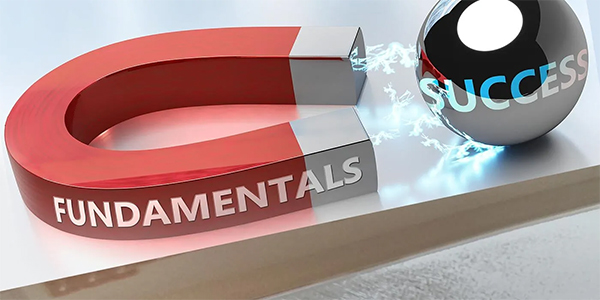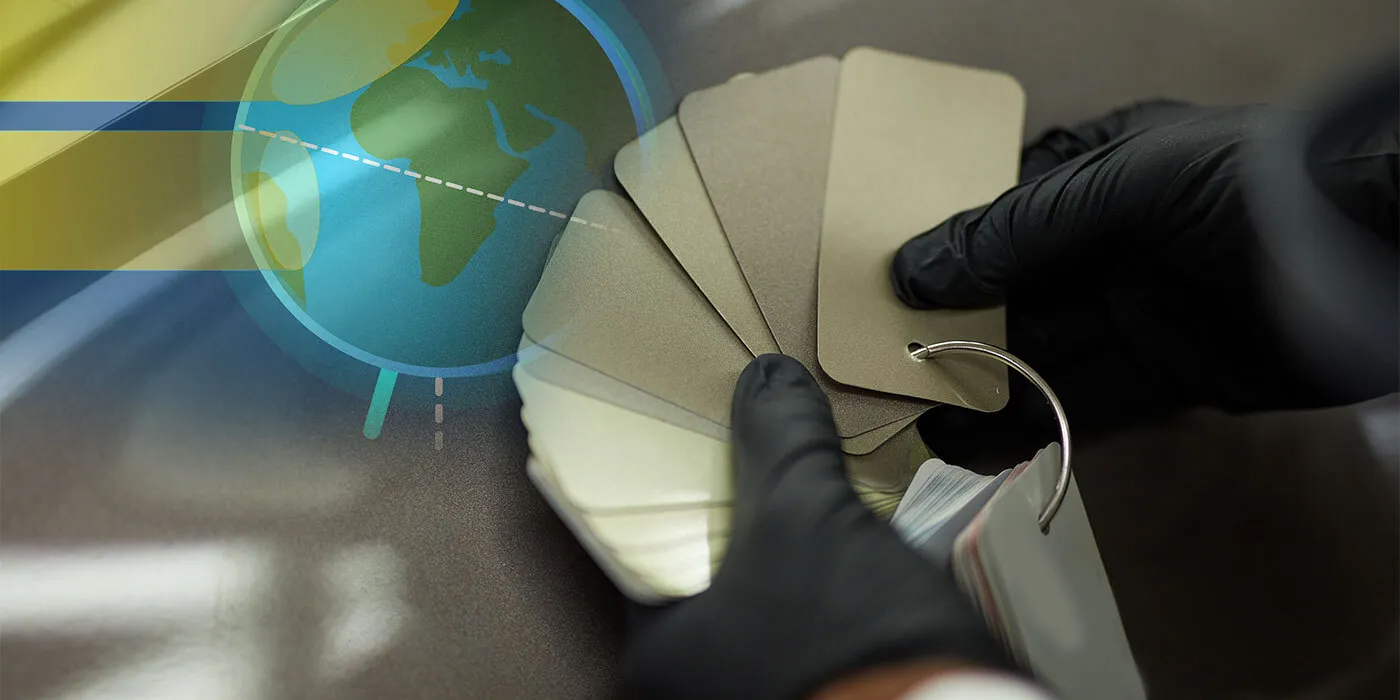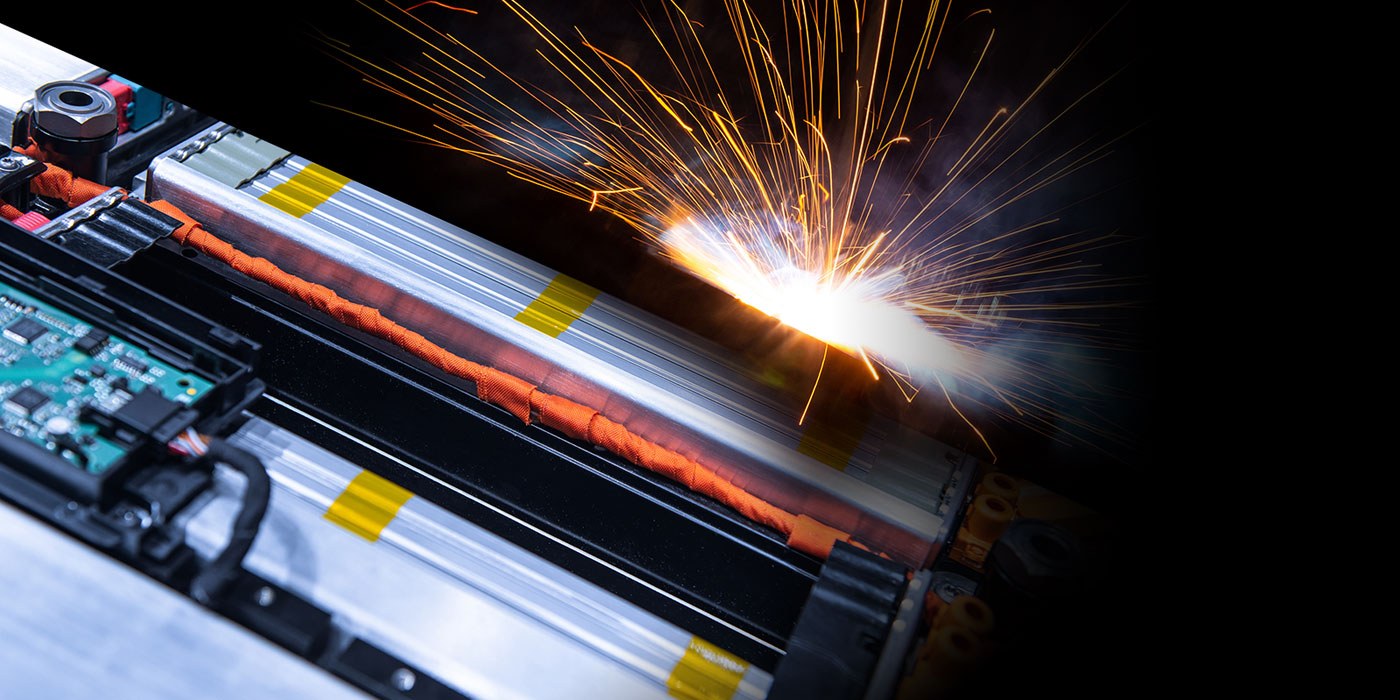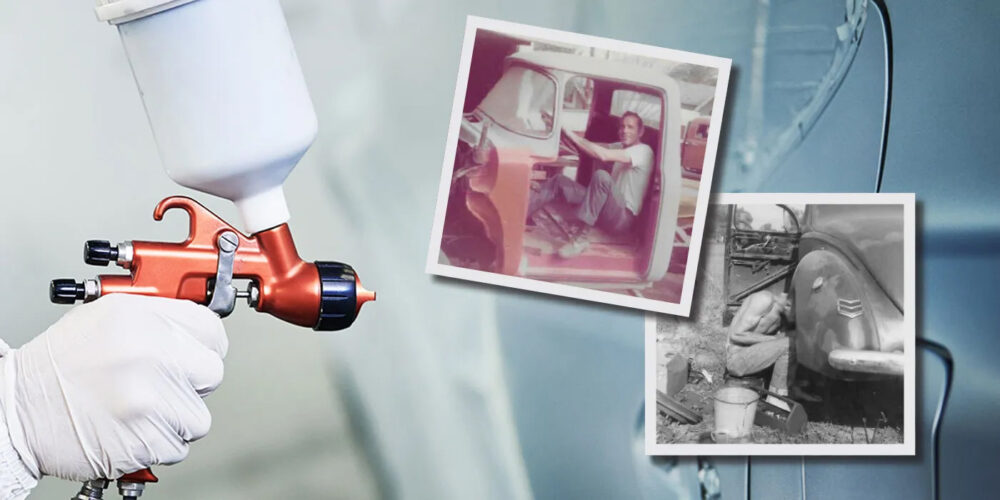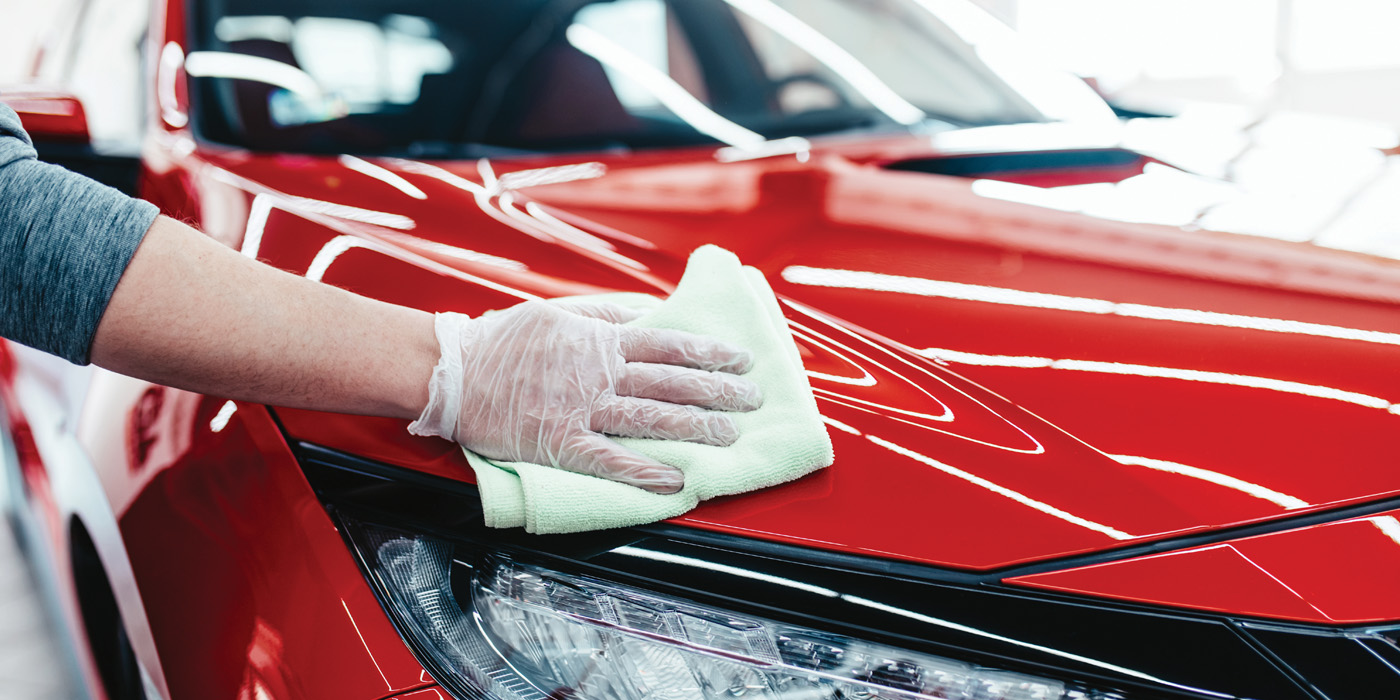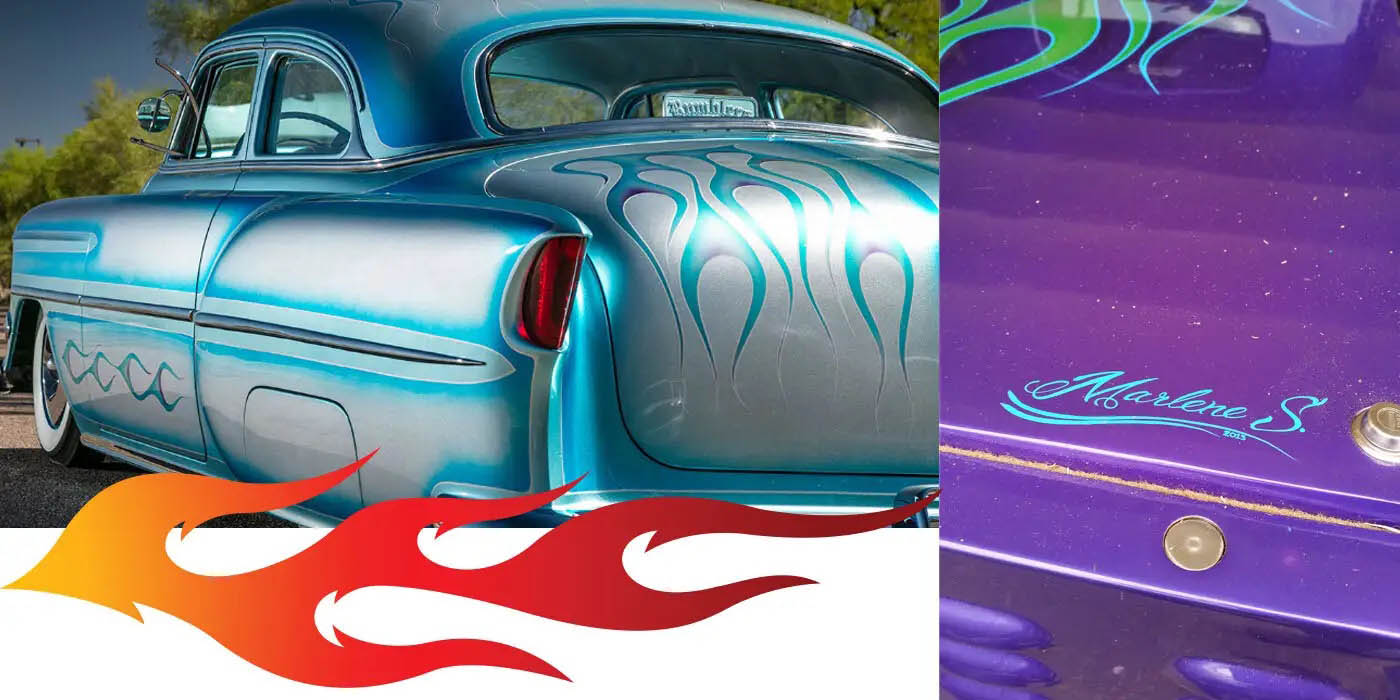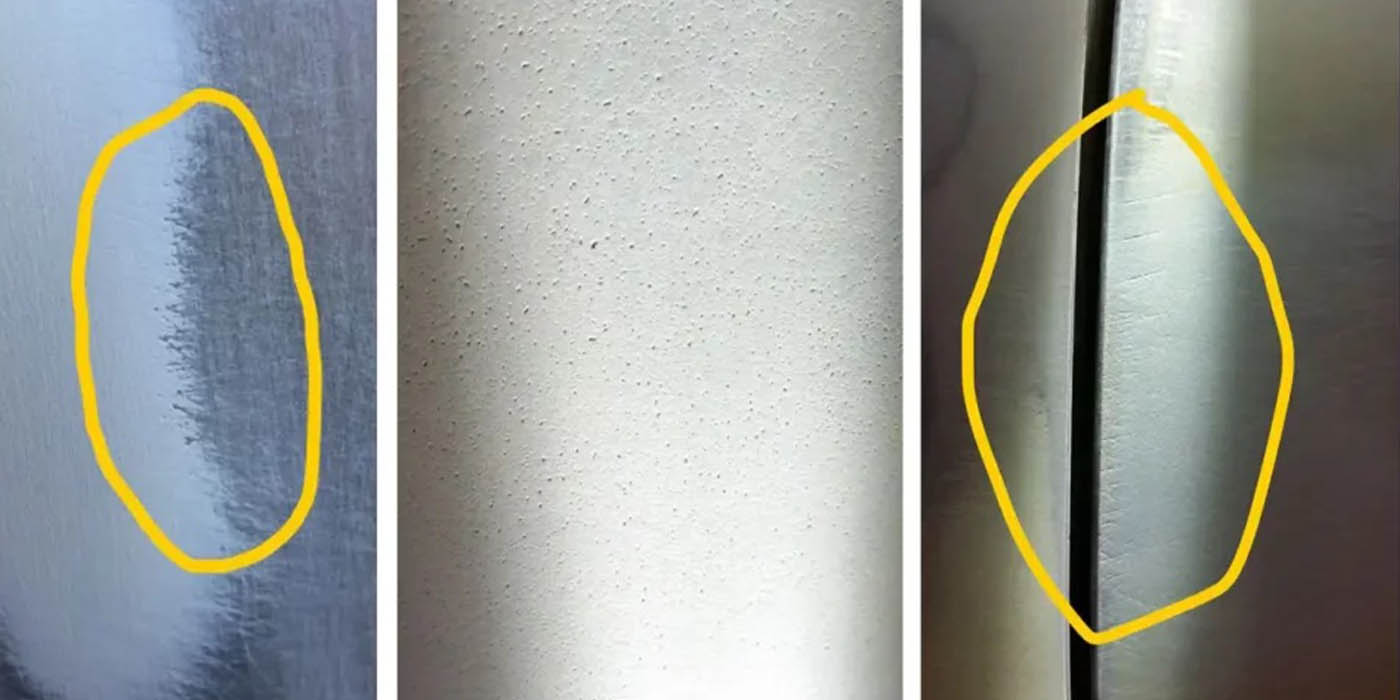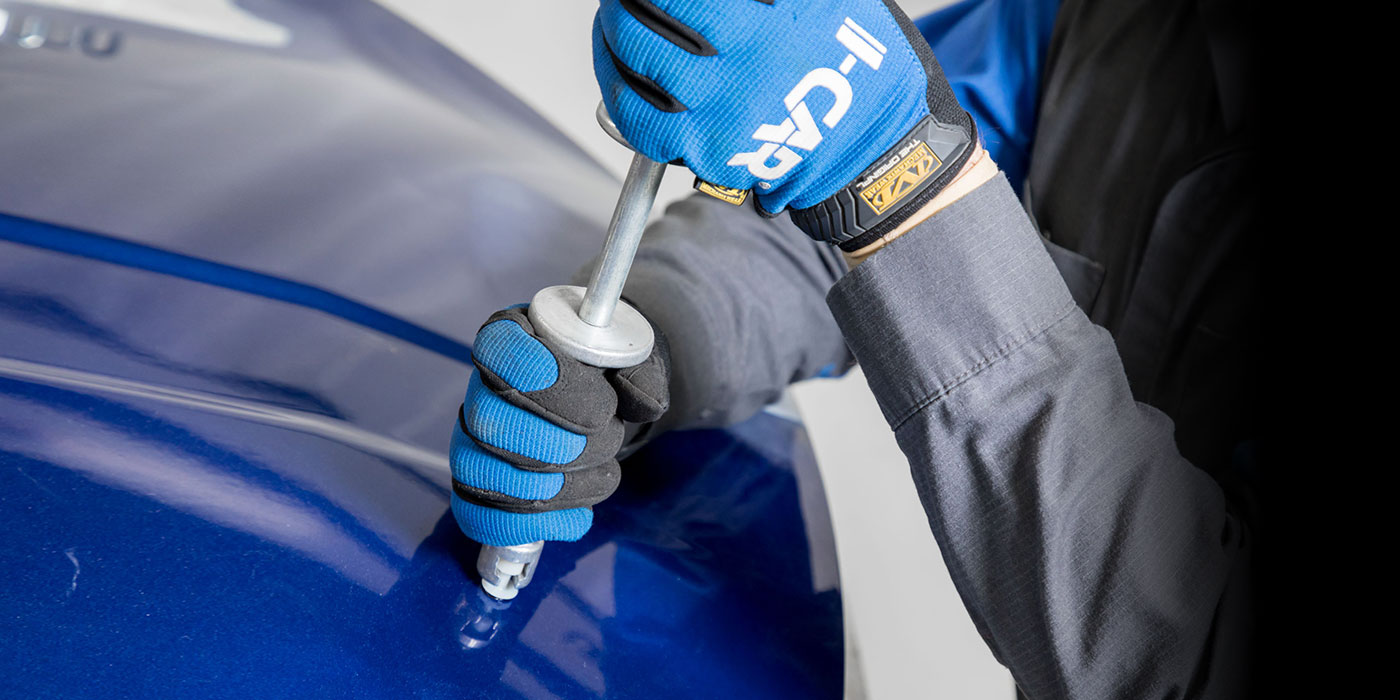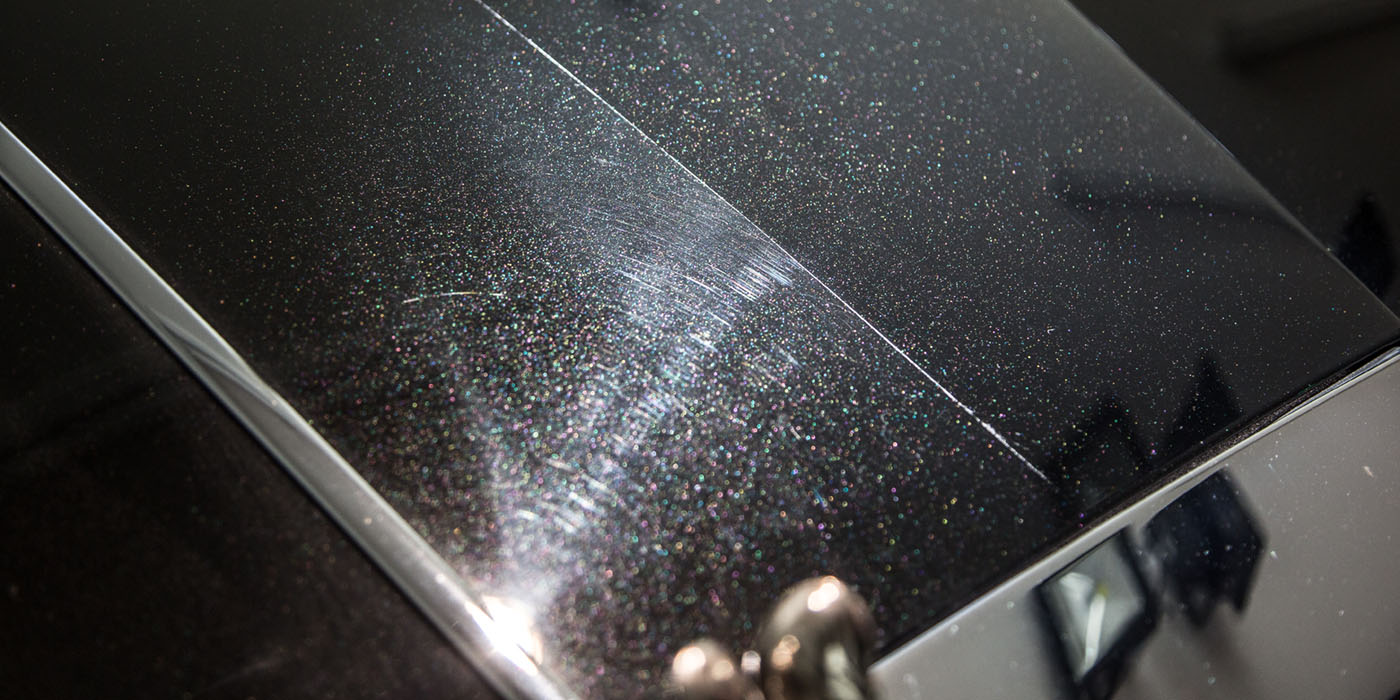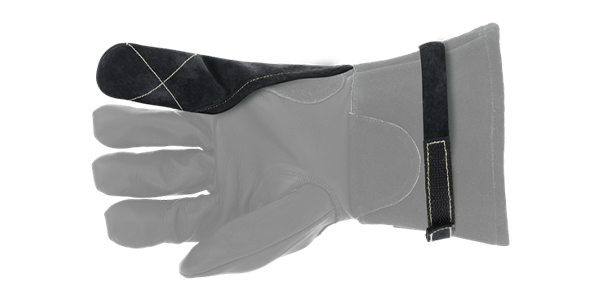Courtesy of Body Shop Business.
These days, we often hear, “This isn’t your father’s industry anymore,” when the topics of vehicle electronics and advanced driver-assistance systems (ADAS) come up. But the phrase could also be used when referencing the mixed materials found in vehicles today.
Not So Simple
Even welding isn’t so simple anymore. Now, before you start the repair, you have to look up the original equipment manufacturer (OEM) repair procedures to know what type of metals the vehicle has and what type of welding (MIG brazing, squeeze-type resistance welding, etc.) is recommended (if it’s recommended at all — it might be rivets and adhesive). You won’t know unless you access those procedures.
Let’s look at the machine. You could have the latest and greatest welder, but it is only as effective as the person doing the welding. We trust our technicians because of their experience and training, but when was the last time you destructively tested their welds?
Trust But Verify
“Trust but verify” comes up a lot now too when it comes to ADAS, but it can also apply to the welding you do in your shop. The good news is that a recent survey conducted by Collision Advice indicated that 29% of shops are now being paid to set up and perform destructive weld testing “always” or “most of the time” by the eight largest national insurers — up from 12% in 2015.
But the reality is that, whether you’re paid or not, you should always destructively test your welds, as your customers’ lives may depend on it. You’re not just testing your tech’s skills but also whether the welding machine is working properly. We don’t need to go on a long dissertation about welder maintenance, do we? Also, when we get that sparkly new toy (the new spot welder, for example) that everyone wants to use, does the manufacturer offer training on that specific machine? Don’t just assume your guys will “figure it out.” Utilize the training that comes with the tool.
Metals of Today
Because the advanced metals of today —aluminum, high-strength steel, ultra-high-strength steel, etc. — are more sensitive to heat, automakers are recommending welding methods that control that heat. But each OEM has different recommendations. Don’t just assume that because Honda recommends one welding method, Ford will recommend the same. In some cases, they may recommend weld bonding or adhesive bonding. That is why you can’t just grab the nearest welder and go anymore. You have to have a repair blueprint that covers everything — including the welding — before you repair. Keep in mind too that the OEM recommendations change often; sensitive electronics have changed the game too now as they relate to how and where you weld a vehicle. The OEM is the authority now; it may even require a specific welding machine because of the capabilities it has, especially if you’re pursuing OEM certification. If you doubt that the OEM is the authority, two words come to mind: John Eagle.
The welding machines of today have gotten more technologically advanced and smarter; individual techs can program in their own personal settings now, if you have more than one tech who will be using the welder. This may give you a false sense of security that all is well — but training is still important.
Summary
There is so much more to welding today than in the past. Everything is changing. Keep up on your training and today’s vehicles to ensure you’re producing the best quality repair.

